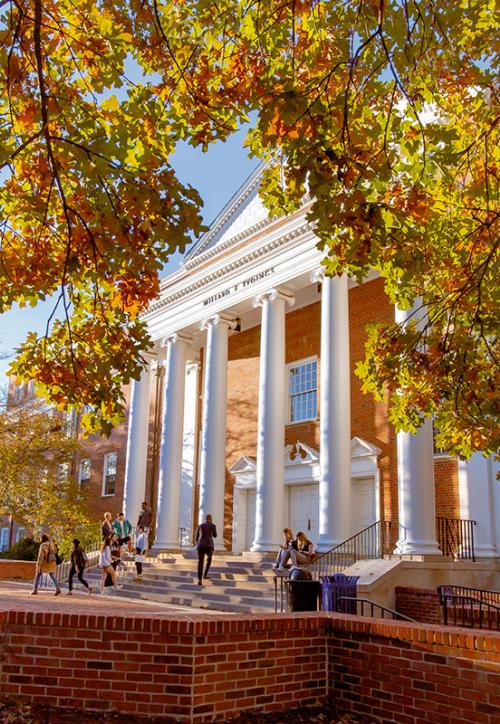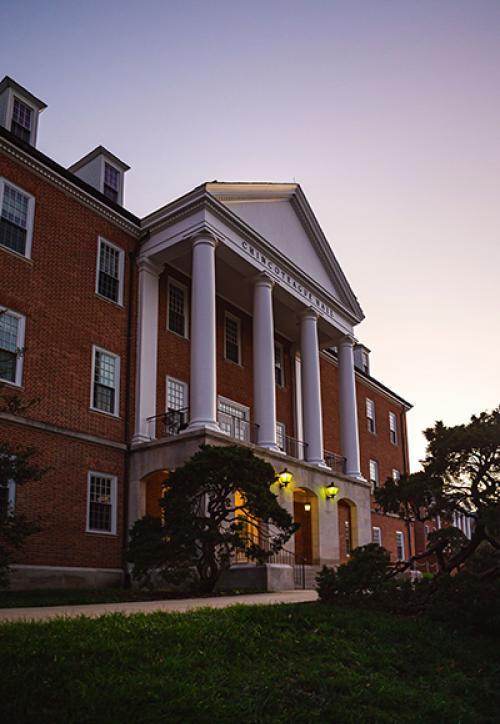Can the Rural Vote Tilt the Presidential Election?
UMD Political Scientist Unpacks Motivations on a Voting Bloc That’s Breaking Right
While political campaigning is centering on large metro areas as Election Day nears, rural voters in the western Pennsylvania mountains and the farmland of eastern North Carolina could help swing the contest in their battleground states—and more than ever, they’re pulling in one direction.
Party loyalties have shifted dramatically in America’s heartland in the past two decades, with recent polls showing former President Donald Trump leading Vice President Kamala Harris in the 2024 race for the White House 3-1 among rural and small-town constituents. It’s quite a leap from 2016, when Trump captured 62% of that population, and the numbers look even more lopsided compared to 2004, when Republican incumbent George W. Bush took 57% of the vote.
Still, the rural population—19% of U.S. voters in 2020—isn’t a monolith, according to University of Maryland government and politics Professor James Gimpel, who studies America’s rural electorate. Having grown up in small-town Nebraska with parents who owned and operated a Main Street retail store, “I’m somewhat sympathetic to these populations,” he said. “There are a lot of ugly stereotypes.”
To make lower-income rural people more tangible to urbanites and suburbanites, Gimpel assigns his students to read JD Vance’s memoir, “Hillbilly Elegy,” depicting the Republican vice-presidential candidate’s impoverished Appalachian upbringing.
In a conversation with Maryland Today, Gimpel discussed common misconceptions about rural voters, his thoughts on Harris’ Democratic vice-presidential candidate, Tim Walz (who attended college in Gimpel’s hometown), and his observations about both candidates during the Election Day sprint.
Read John Tucker's article in Maryland Today
Photo by iStock
Published on Mon, Oct 28, 2024 - 10:06AM



